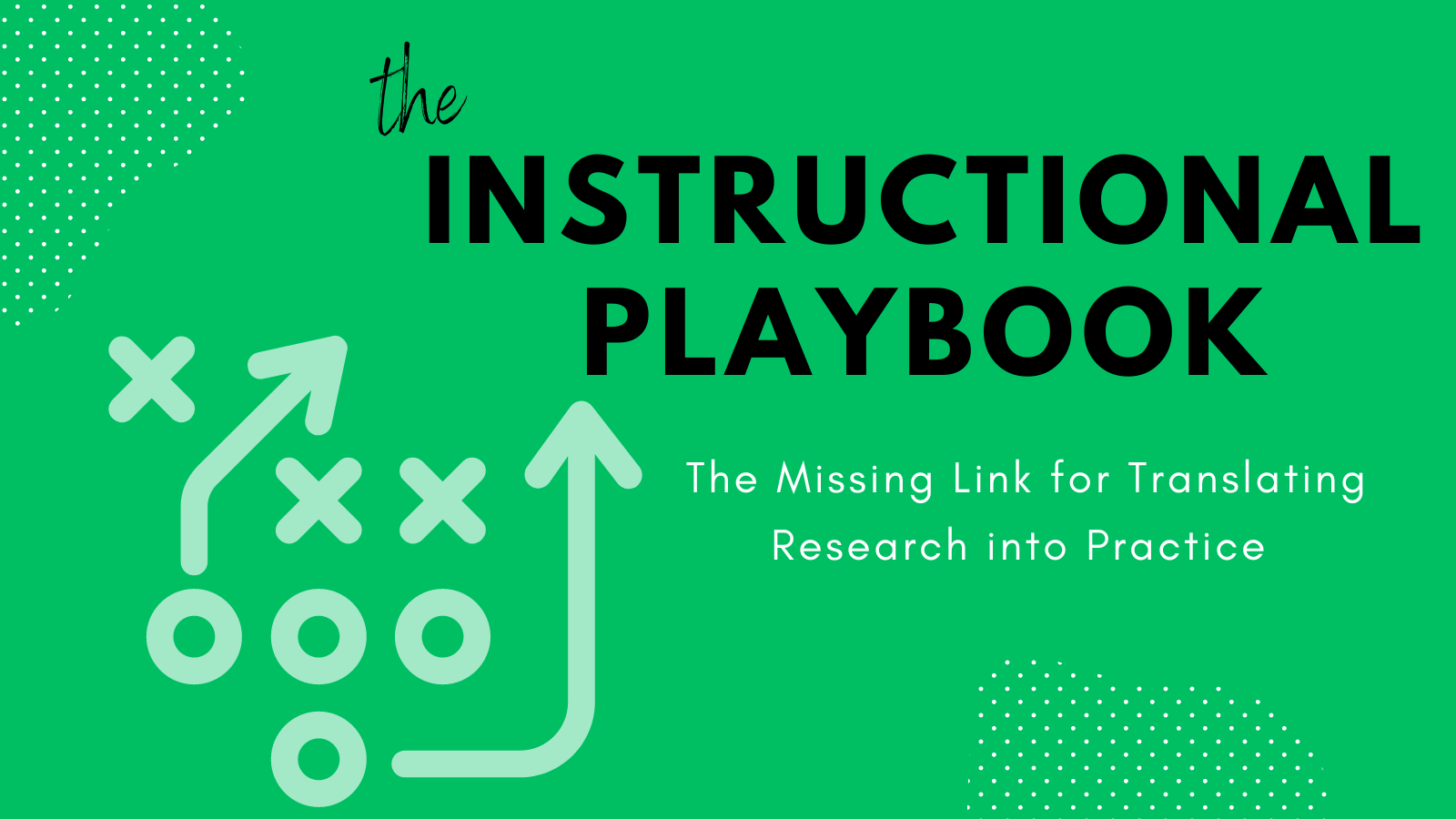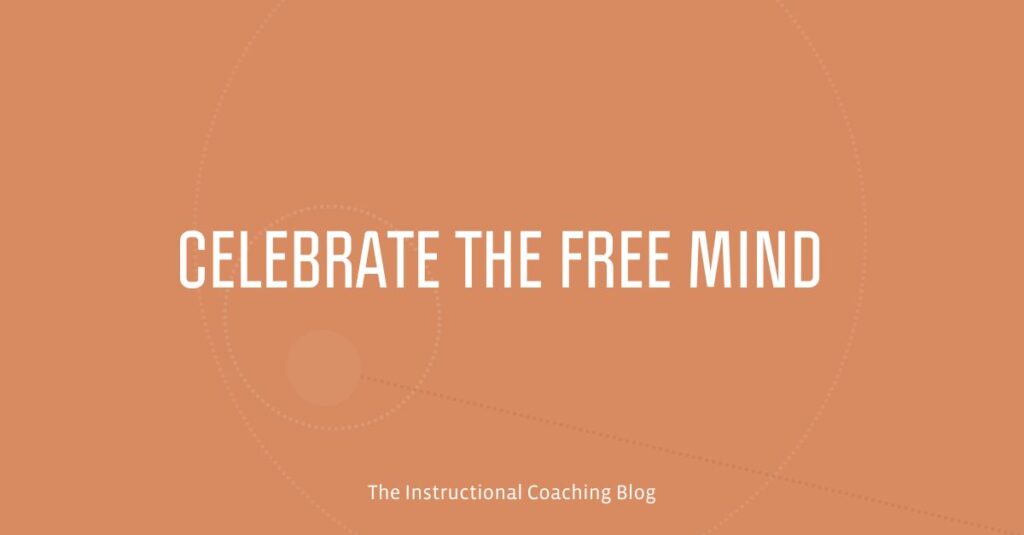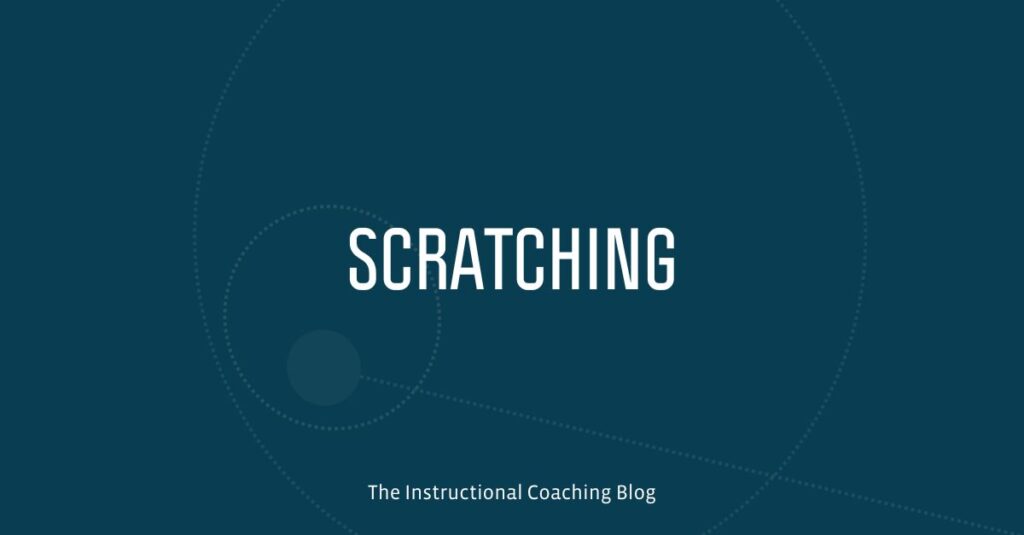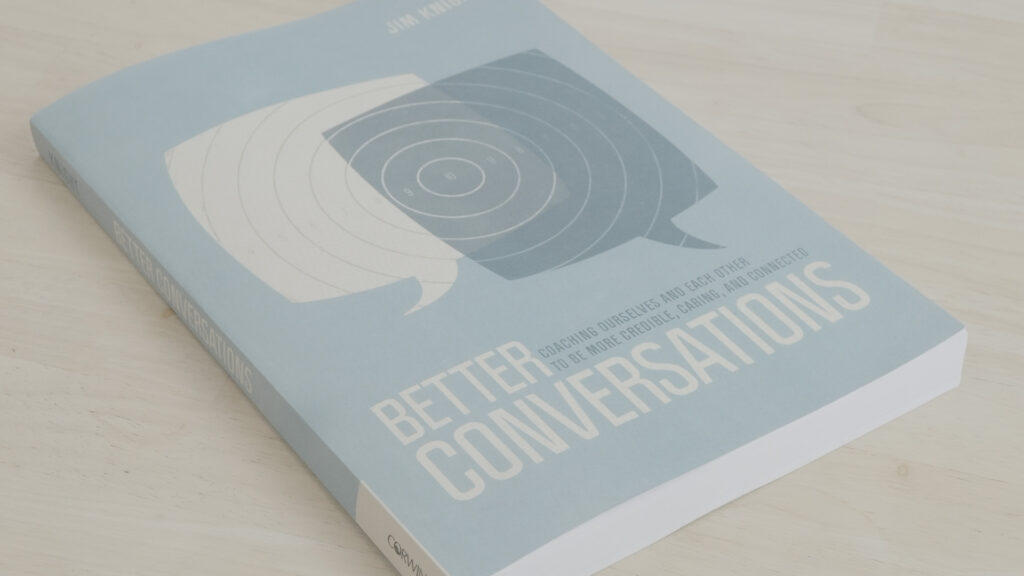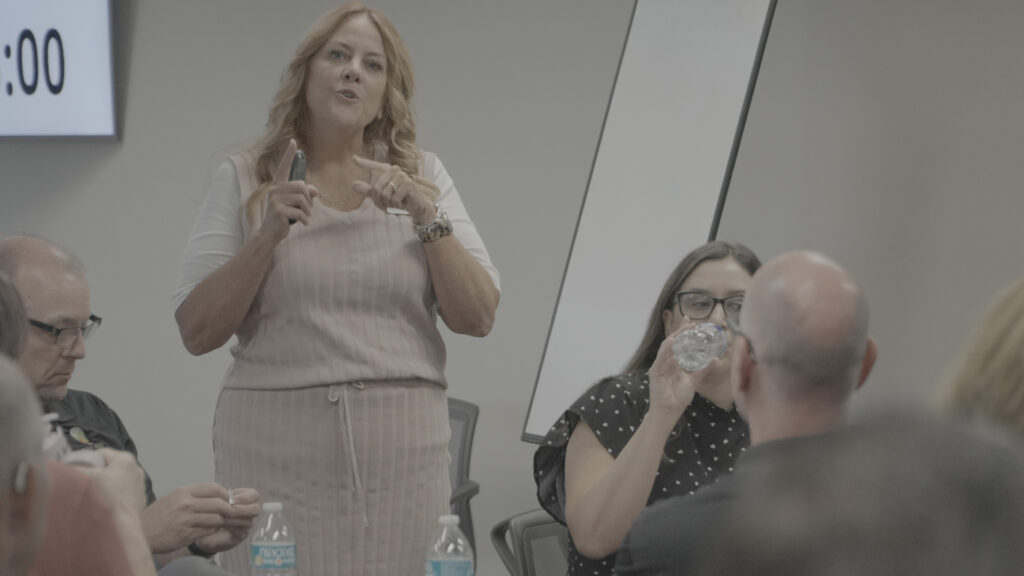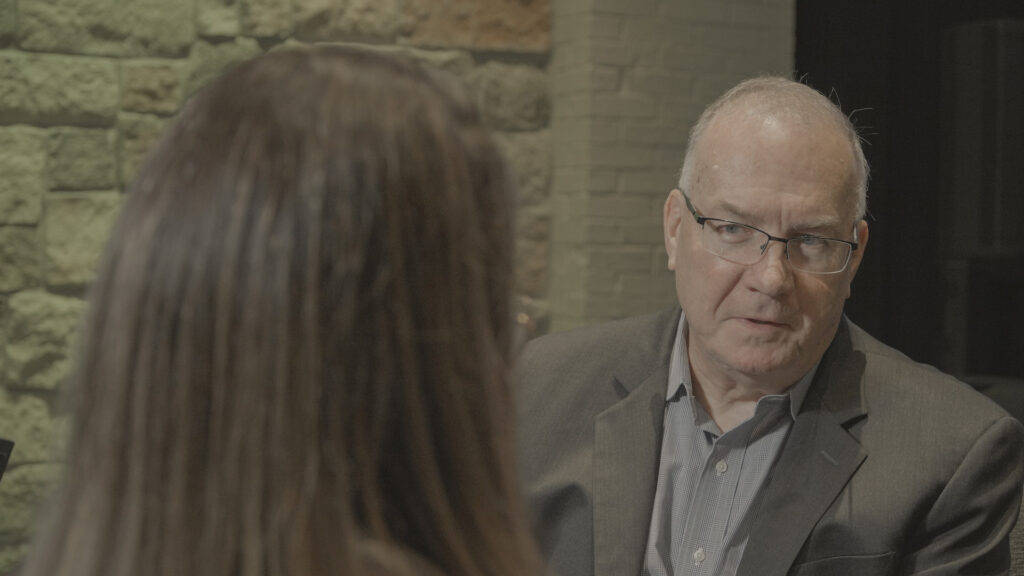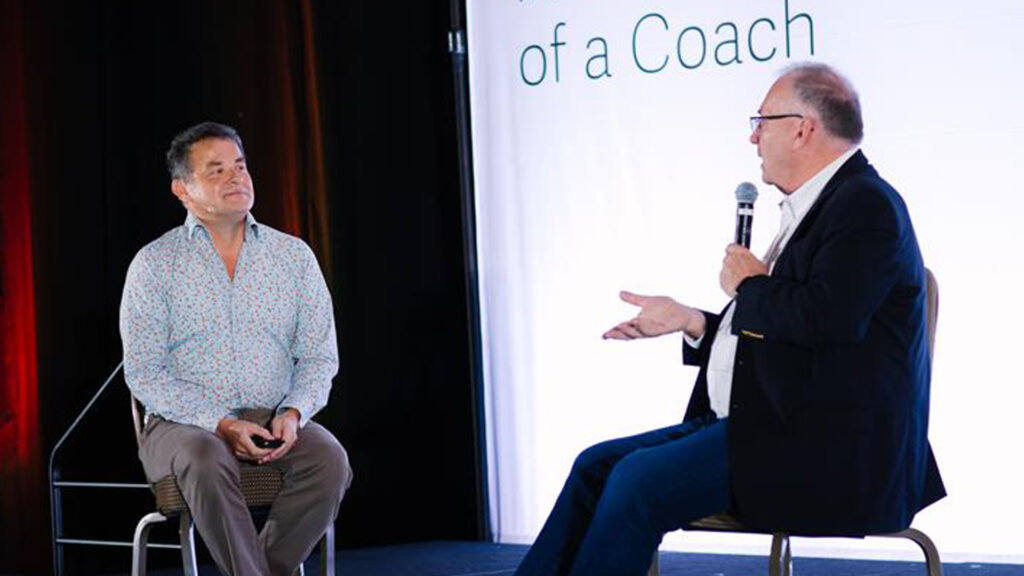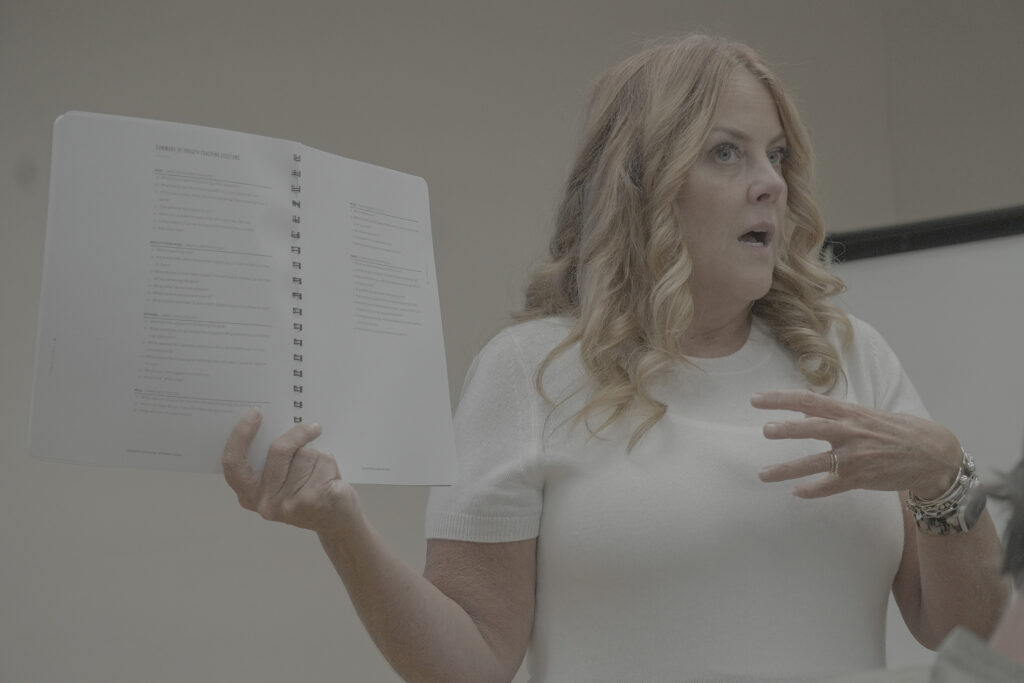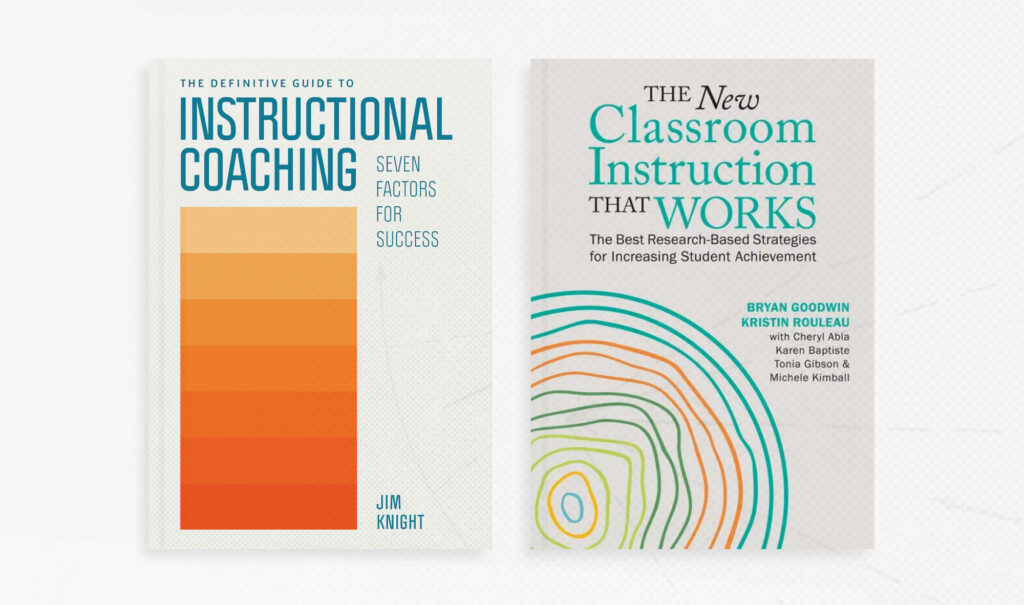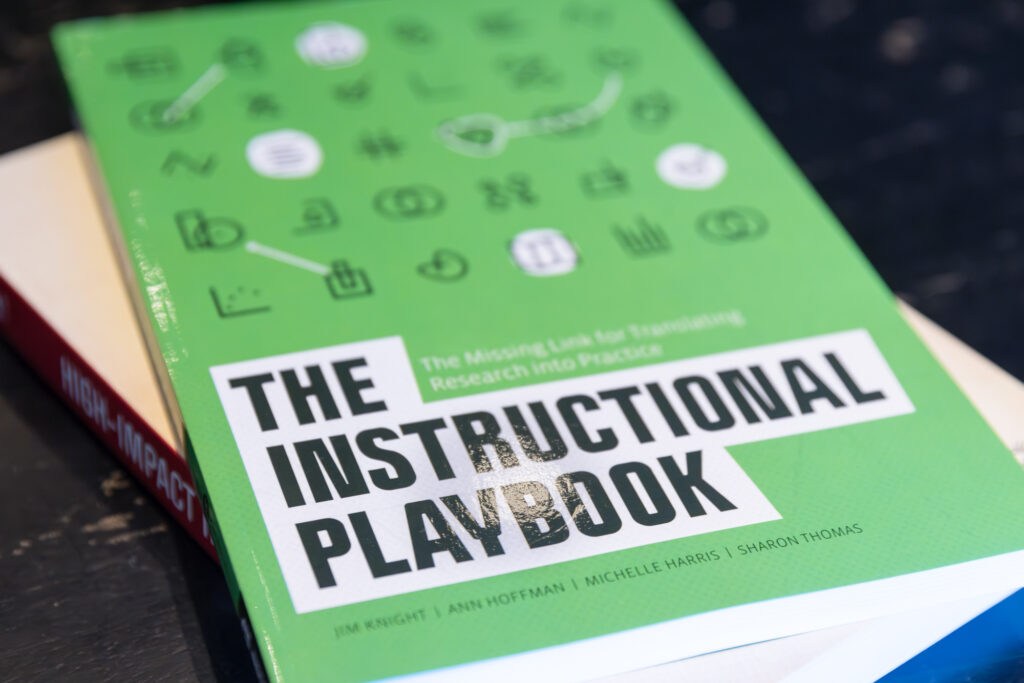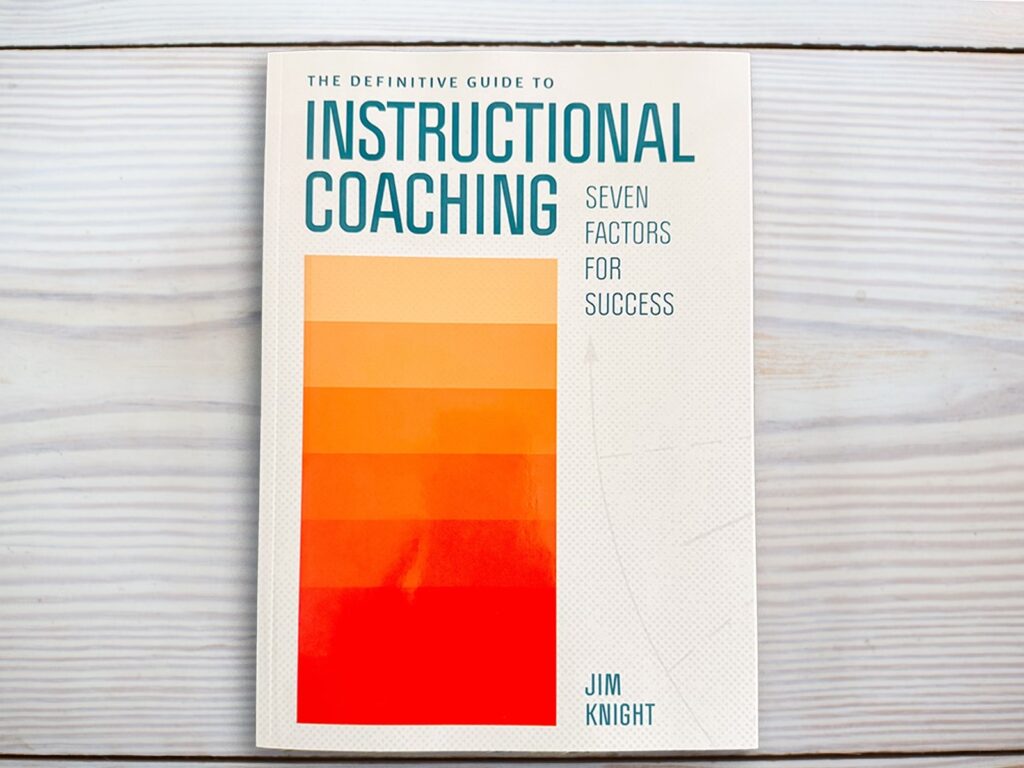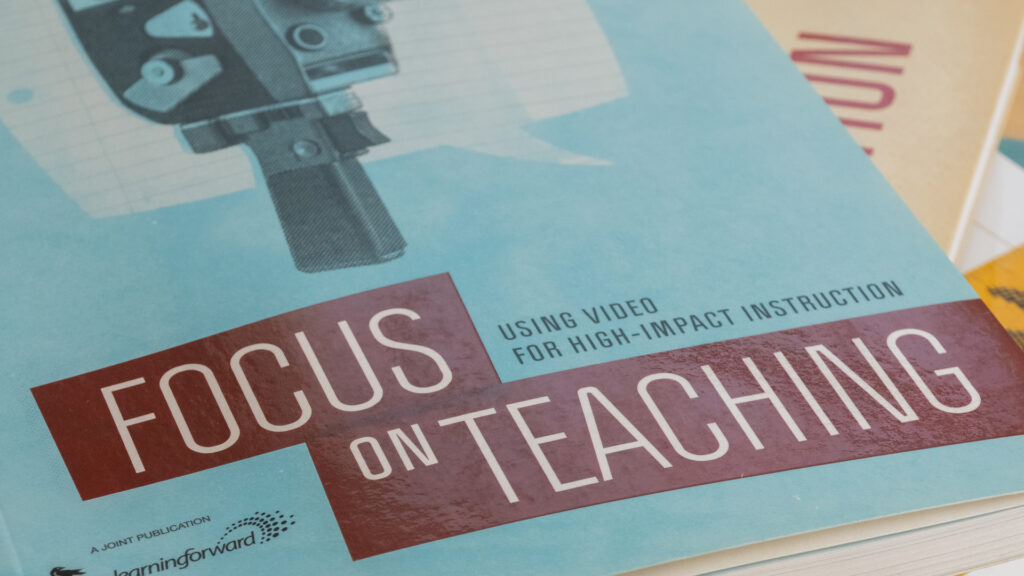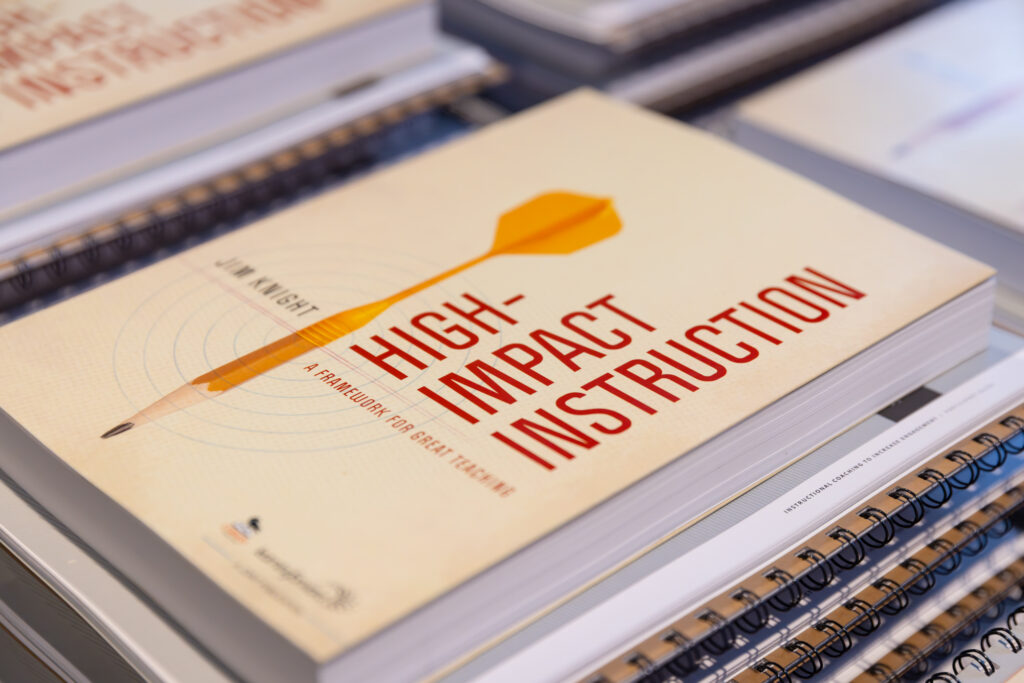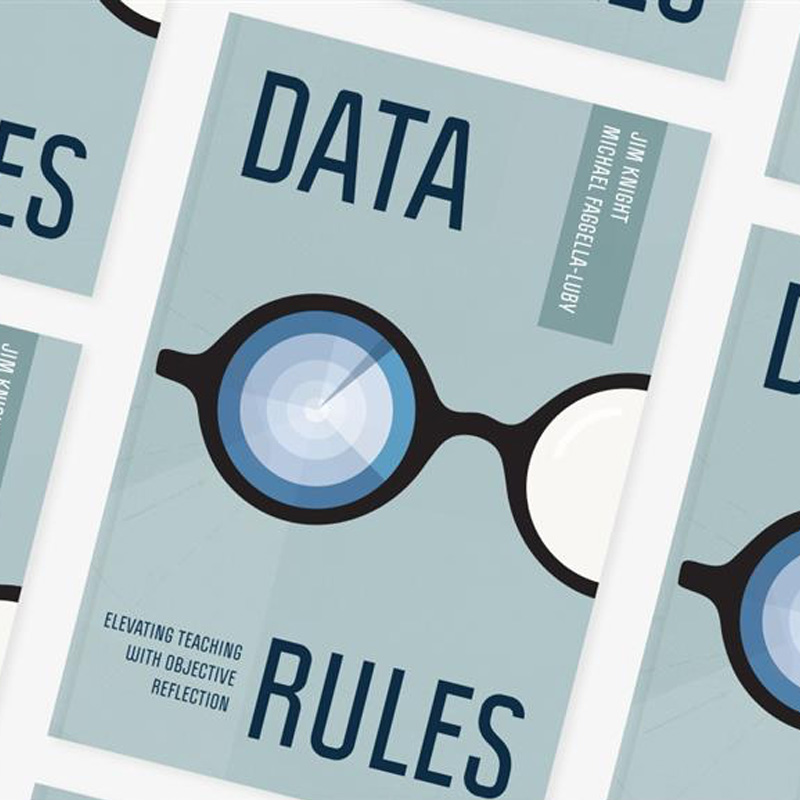Instructional playbooks are organizational tools designed for coaches and/or anyone who conducts professional learning. Our colleague, Ann Hoffman, has described instructional playbooks with a simple metaphor: Imagine all of your teaching strategies are housed in a file cabinet. Then imagine dumping all of them out onto the floor, rearranging them, and putting what works best in the top drawer. While all of the strategies work, the ones that work most often and are needed most often are right at the top and accessible.
That’s what goes into an instructional playbook.
Why create an instructional playbook and what is it?
In sports, coaches have plays in their playbook because they want to win. All of their plays don’t always work, but they need their most effective plays ready on game day. And in schools, every day is game day! Instructional playbooks can be the tools that (1) help us identify high-impact teaching strategies and (2) explain those strategies to teachers so they and their students can meet powerful goals for learning.
ICG’s coaching cycle, the Impact Cycle, has three stages, and an instructional playbook is an invaluable tool throughout the stages. The bold text below indicates where an instructional playbook is essential.
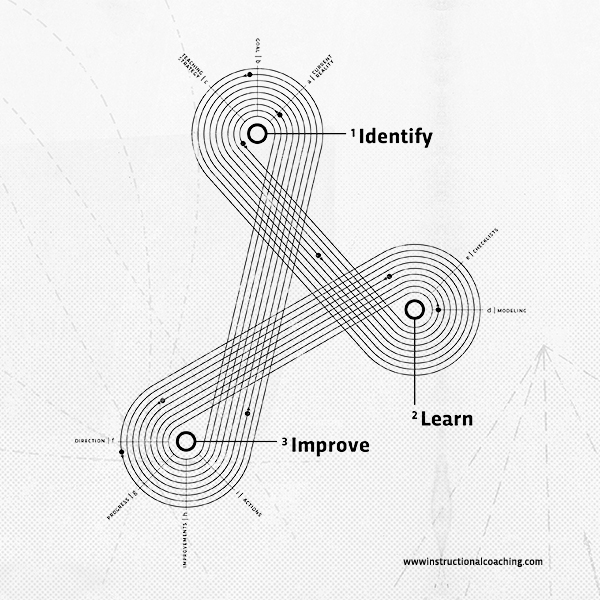
Identify
- Establish a current picture of reality.
- Set a student-focused goal.
- Decide on strategy.
Learn
- Teacher learning.
- Checklists on how to implement the strategy.
Improve
- Make adaptations.
Three parts of an instructional playbook
1. TABLE OF CONTENTS
This is a one-page list of the most frequently used, high-impact strategies. A strategy is simply the action the teacher takes, the practice they use to achieve their goal. It is helpful to organize them into categories. As an example, ICG uses these categories:
- Content Planning
- Formative Assessment
- Instruction
- Community Building
This is NOT a comprehensive list, but only the most effective and frequently used strategies. Keeping it to one page helps the coaching be more focused and keeps the playbook from being overly complex or unwieldy. Too much choice can paralyze us, and too big of a playbook is not efficient. Instead, prioritize by which strategies are the most doable and powerful. We like to keep them lean and clean.
To develop your table of contents, brainstorm common goal/concern areas, determine high-impact strategies that apply to these goals and concerns, then sort and arrange them into categories. We use a checklist to create a table of contents. Once you do this, the rest of the playbook comes together easily.
2. ONE-PAGE SUMMARIES
For each strategy, a one-page summary concisely describes exactly what the strategies entail. This is a description/overview, NOT a guide on how to implement. As the coach, you are the chief explainer, and the act of explaining is deceptively complex. Instructional coaches must know their practices deeply and communicate that knowledge clearly. If you can’t describe it clearly, it won’t happen.
These summaries should include some variation on the following parts:
- In One Sentence (brief description of the strategy)
- Research Check (brief summary of the supporting research)
- You may not always have research, but local validation is still helpful.
- What’s the Point? (brief summary of the purpose)
- How is this used by teachers?
- How is this used by students?
3. CHECKLISTS
Checklists make up the bulk of an instructional playbook and help coaches describe how to implement the strategies. They are NOT an evaluation of anyone’s knowledge but a time to clarify understanding. They help describe complex tasks when there is too much to remember and provide ways to check for understanding. They also help avoid the “Curse of Knowledge” – because sometimes it is not always easy to remember what it was like before gaining the knowledge we have, making our ability to help others learn the skill worse.
“Checklists remind us of the minimum necessary steps and make them explicit. They…instill a kind of discipline of higher performance.”
—Atul Gawande, The Checklist Manifesto
Each checklist will look different, but an effective checklist is:
- Concise
- Explicit
- Precise
- Easy to understand
- Comprehensive
An instructional playbook is NOT something to just hand over to a teacher, a directive, a tool for evaluation, or a teaching bible. Instead, the instructional playbook is a living document that is meant to be used. It is never done.
You will add and remove strategies as it becomes clear which strategies are more effective and frequently used. Your checklists will change as you go over them with teachers, as they think of things coaches might not think to include. But throughout any adaptations, an instructional playbook will remain an extraordinary way to move through the coaching cycle.
We’ve created a sample Instructional Playbook using the strategies found in High-Impact Instruction. Please feel free to use this playbook as a starting point as you and your team begin to identify the parts, strategies, and characteristics of your teams’ playbook.
